
Marvel Comics didn't slow down during the 1980s. Quite the contrary, it revved itself up again after the previous decade of a few hits and several misses. The 80s was the era of Secret Wars, "The Dark Phoenix Saga," and the start of Peter David's 12-year run on The Incredible Hulk.
The 1980s were also a time of introduction for new characters. Truth be told, it was a decade for the women. Of the new heroes that debuted during this time, a majority of them are of the female persuasion.
10 Kitty Pryde (1980) Was The Youngest X-Man To Date
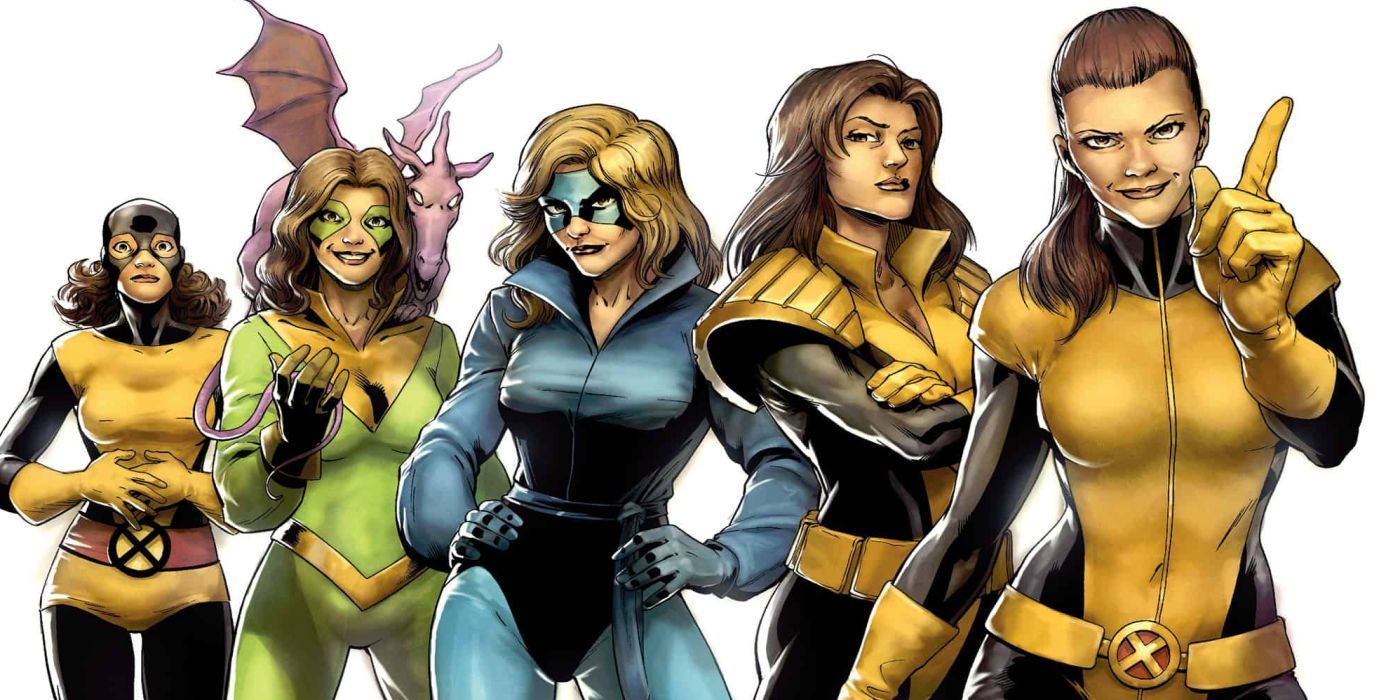
When writer Chris Claremont and artist John Byrne introduced Kitty Pryde in X-Men #129 she was a precocious 13-year-old. At the time, she was the youngest to be inducted into the team. She was also a breath of fresh air.
Though the initial quintet of Charles Xavier's students were teenagers when they were introduced in the 1960s they had grown into young adults by 1980. Even the characters brought in through 1975's Giant X-Men were much older than the originals. So, bringing in the bright and silly Kitty helped to change the team's dynamic.
9 Dazzler (1980) Appeared During The Waning Days Of Disco

Readers might remember the mutant known as Dazzler from her 42-issue series by writer and co-creator Tom DeFalco. However, Allison Blaire's first appearance was X-Men #130. Just one month after Kitty Pryde joined the team.
Initially, the character, who converts sound vibrations into energy beams, was supposed to be part of a cross-promotion between Marvel and Casablanca records. Hence, the most likely reason for her disco garb. However, as that musical genre began to fade in the 1980s, Allison began to stretch into other musical areas. After her series ended in the mid-1980s she rejoined the Wolverine-led X-Men in a more modern costume.
8 Rogue (1981) Started As A Villain
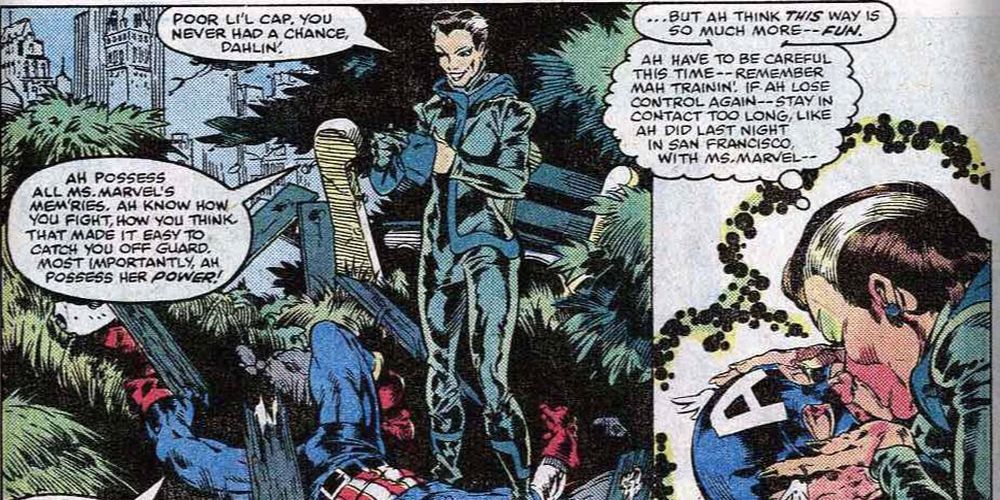
The creators at the House of Ideas like to start their heroes off as antagonists. Hawkeye, Scarlet Witch, Quicksilver, and Wonder Man all started as villains. So did one of the most popular mutants of the 1980s -- Rogue.
Her debut was in Avengers Annual #10 where she was a part of Mystique's Brotherhood of Evil Mutants. Though her mutant ability to absorb another person's powers gave her some minor abilities, it was her encounter with Carol Danvers during this issue that gave Rogue the superhuman powers of strength and flight. Realizing she was on the wrong side of things, Rogue turned to Professor X for help. She eventually became a member of the Merry Mutants in 1983.
7 Elektra (1981) Would Eventually Become A Star
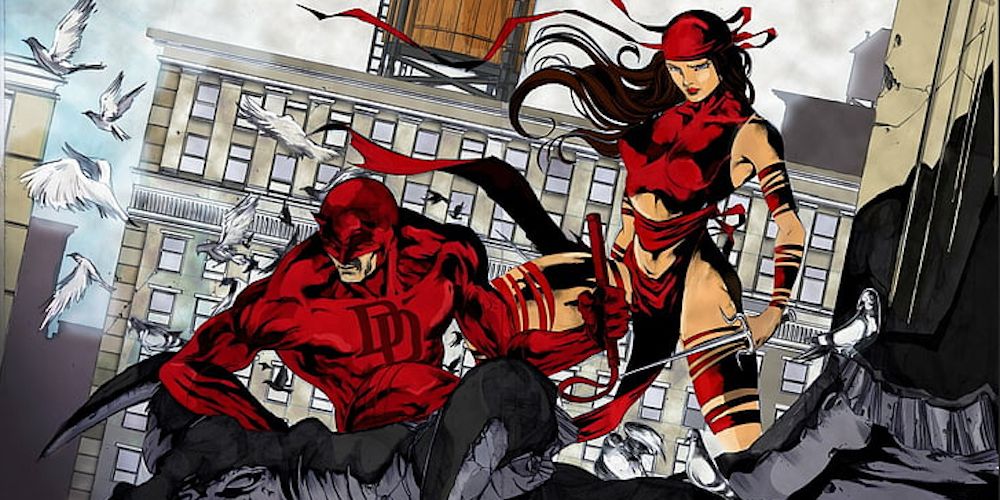
Writer and artist Frank Miller did some incredible work on Daredevil during his first run on the series starting in 1979. He resurrected the comic by infusing it with noir-ish art and storylines. Additionally, he introduced several new characters into Daredevil's mythos. One of these -- in fact, the most important -- is Elektra.
Introduced in issue #168, the anti-hero didn't seem like a person Matt Murdock would fall for. Yet, her violent tendencies kept tearing them apart. Her popularity would grow to the point she appeared in other series after her death and resurrection. Even though Miller asked Marvel not to put Elektra into any other publication, she remains an iconic character today.
6 Monica Rambeau (1982) Took On The Captain Marvel Monicker

In 1982, Marvel published its first graphic novel, The Death of Captain Marvel. It chronicled the cancer battle and eventual death of the Kree soldier Mar-Vell. It also apparently closed the chapter on this hero. Or so readers thought.
In the same year, Monica Rambeau took on the moniker of this dead hero. Created by Roger Stern and John Romita Jr., her first appearance as Captain Marvel appeared in Amazing Spider-Man Annual #16. Not long after she became a member, and eventual leader, of the Avengers. Since then, Monica has reappeared several times under the names Pulsar, Photon, and Spectrum.
5 The New Mutants (1982) Ushered In A New Generation Of X-Men
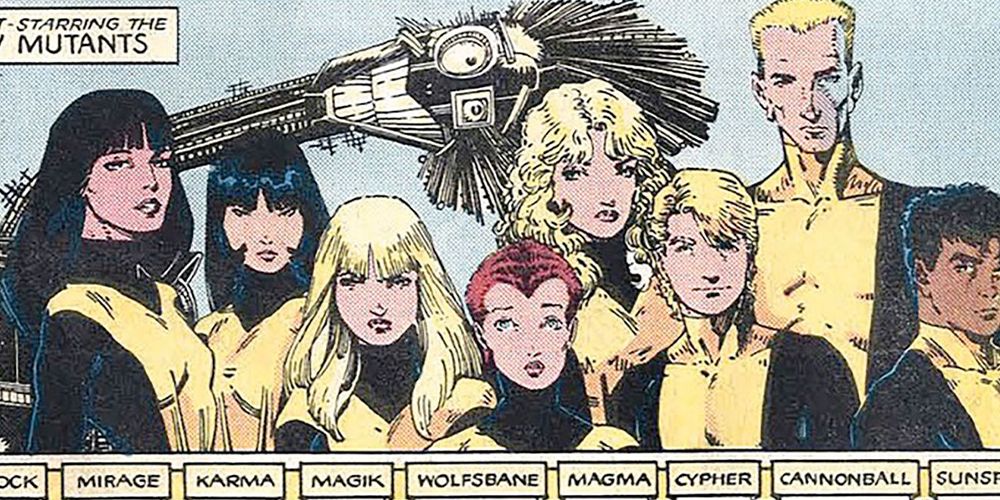
Things were going quite well for Chris Claremont in X-Men. 1980's "The Dark Phoenix Saga" was an enormous success. Same with 1981's "Days of Future Past." Still, Marvel's editor-in-chief at the time, Jim Shooter, thought a spin-off was needed to expand the X-Men's universe.
This was how The New Mutants came to be. Established in a 1982 graphic novel of the same name, they got their own series in 1983 by Claremont and artist Bob McLeod. Similar to the original team, this group originally featured five members who were under the tutelage of Professor X. Eventually, their ranks would grow and change. Still, for the most part, the backbone of the New Mutants has remained the same for decades.
4 Cloak & Dagger (1982) Entered The Marvel Universe Via Spider-Man
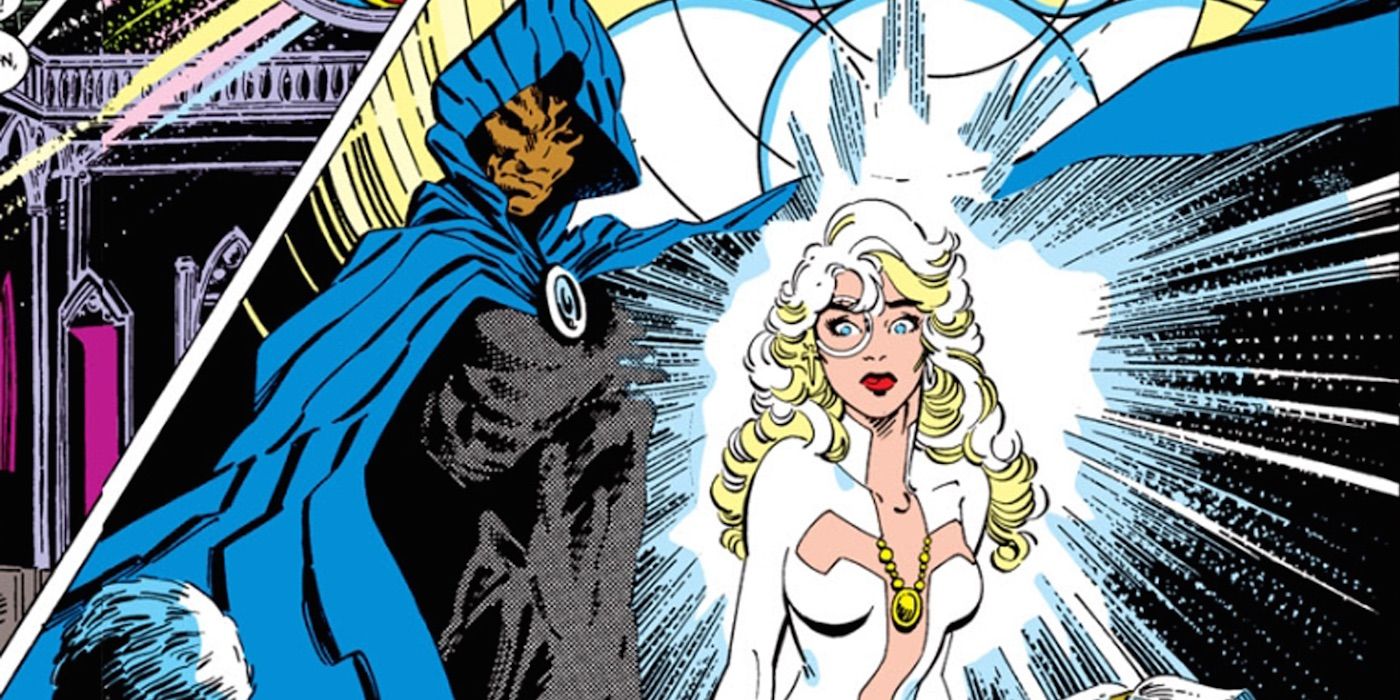
The Spider-Man titles of the 1980s were a hotbed for new character introductions. The aforementioned Captain Marvel made her initial appearance in the main title. Toward the end of the decade, the character Venom would begin his long run in comics. Between that, Cloak & Dagger took their initial bow.
Created by writer Bill Mantlo and artist Ed Hannigan, the superhuman duo first appeared in Peter Parker: The Spectacular Spider-Man #64. After several guest appearances, they received their own mini-series and bi-monthly title. What made them different was the lack of battles with costumed supervillains. They were really street-level fighters with extraordinary abilities.
3 Power Pack (1984) Was Even Younger Than The Teen Titans
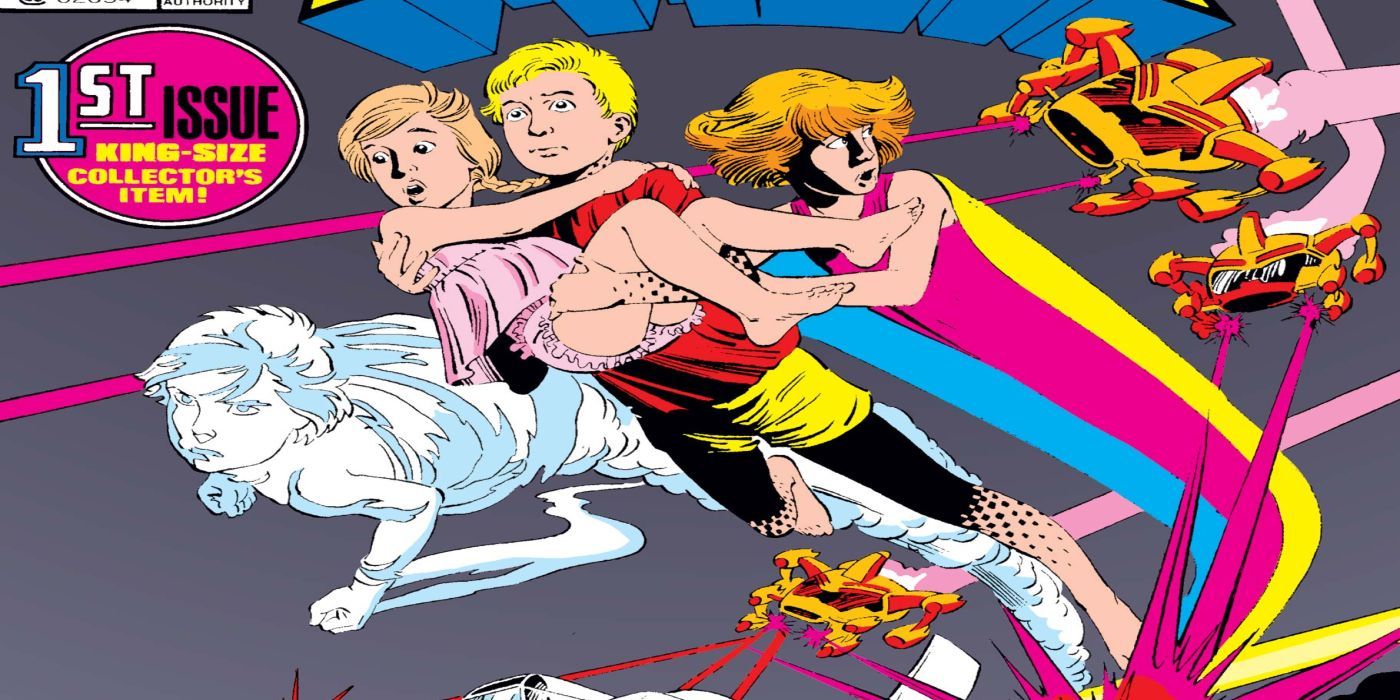
You couldn't throw a comic without hitting a teen hero in the 1980s. DC had the New Teen Titans and individuals like Firestorm. Marvel had the New Mutants and the X-Men's Kitty Pryde. What neither had was a team of pre-teen heroes.
In 1984, that would be in the form of Power Pack. Created by Louise Simonson, this quartet of siblings ranged in age from 12 to five. Each of them was given a superpower by a dying alien. Together, they dealt with mature villains and issues while keeping their secrets from their loving parents.
2 Firestar (1985) Moved From Saturday Mornings To Comics
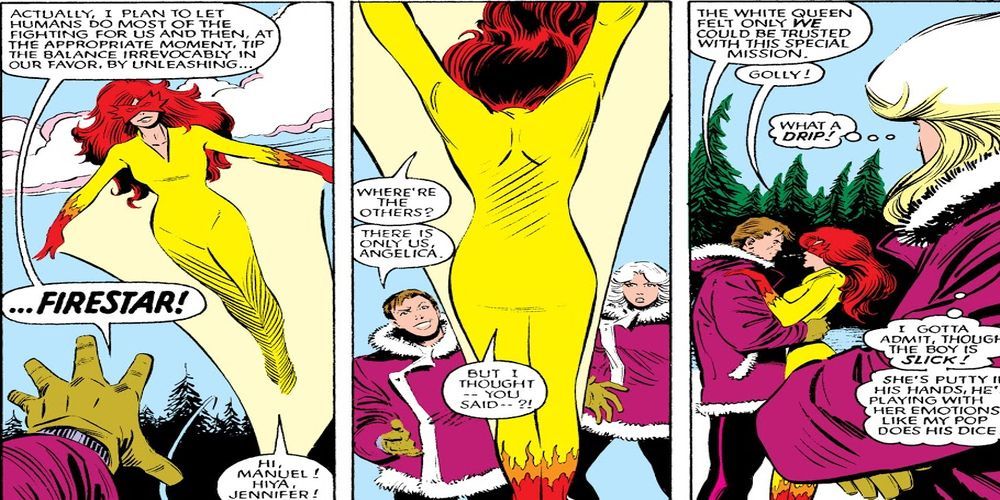
In 1981, NBC premiered Spider-Man and his Amazing Friends on their Saturday morning schedule. The show teamed the Wall-Crawler with two other heroes. One of these was the X-Men's Iceman. The second was another X-Man created for the show, Firestar.
The popularity of this character, who flies and generates beams of heat from her hands, helped move her from television to the comics. She made her first appearance in X-Men #193 by Claremont and John Romita Jr. However, she's wasn't the hero she was in Amazing Friends. Initially, she works with Emma Frost, the White Queen, to make a mess for the Merry Mutants.
1 Jubilee (1989) Was A Late 80s Newcomer
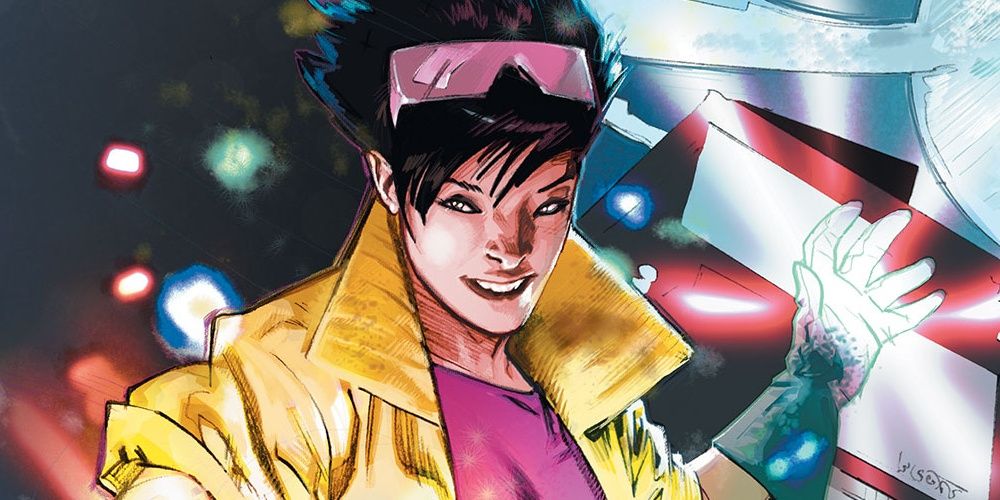
Chris Claremont ended the 1980s the same way he came into it. He introduced a new teenage X-Man to shake things up a bit. This time it was the mall rat Jubilation "Jubilee" Lee.
The writer joined with then X-Men artist Marc Silvestri to introduce Jubilee in issue #244. She encounters the team when a quartet of the female members are transported to LA's Hollywood Mall. After the X-Men defeat the M-Squad, they transport themselves back to the mansion. Unbeknownst to them, Jubilee follows them through the gateway.
0 Comments